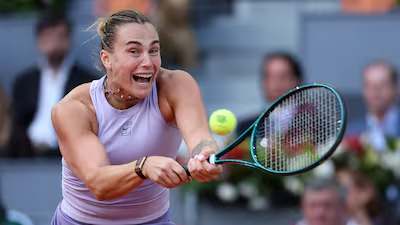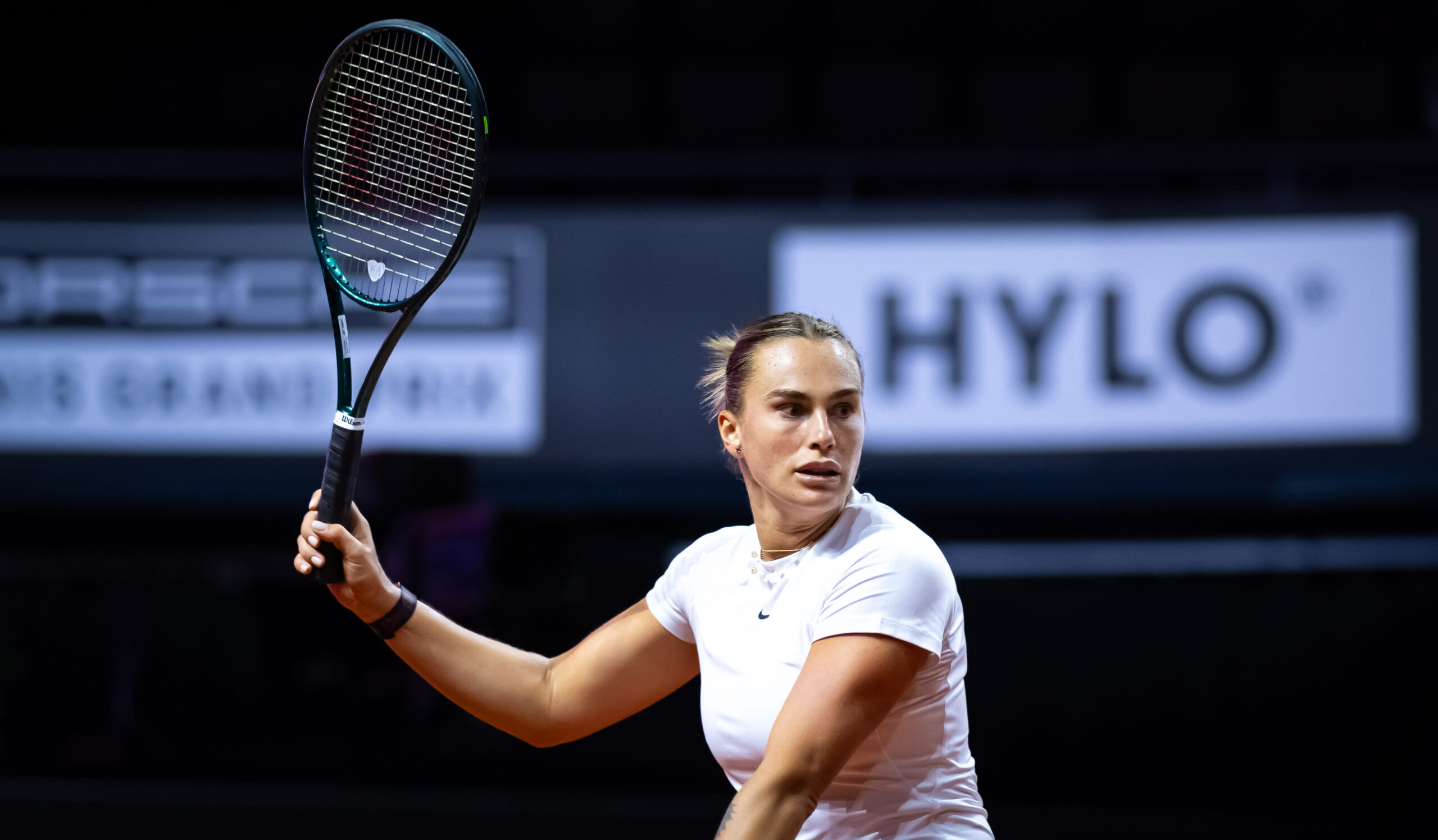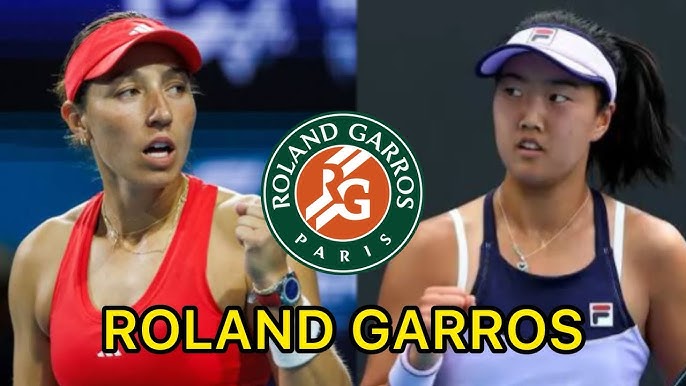In the world of professional tennis, mindset is just as important as skill, technique, and strategy. Aryna Sabalenka, one of the WTA’s most powerful players, has built her career around resilience and mental fortitude, with her “accept, learn, and move on” mantra being a key pillar of her success. Her ability to embrace this philosophy has propelled her to great heights, and her performances on court continue to be a testament to its effectiveness. However, Sabalenka’s journey isn’t just about her personal growth; it’s also about the broader dynamics of the tennis world, including the challenges faced by top players like Iga Świątek, especially when it comes to their struggles on clay courts.
In this post, we’ll explore Aryna Sabalenka’s mental approach to overcoming setbacks, Iga Świątek’s current struggles, and how players like Sabalenka are working to improve on the notoriously difficult surface of clay. Let’s dive into the fascinating world of professional tennis, where resilience, growth, and relentless improvement shape the narrative.

Aryna Sabalenka’s ‘Accept, Learn, and Move On’ Mantra
Aryna Sabalenka’s explosive game, which combines power, precision, and a relentless attitude, has made her one of the most feared competitors on the WTA Tour. However, it’s her mental strength and the mindset she adopts that separates her from many of her peers. Throughout her career, Sabalenka has openly discussed her struggles with managing the mental side of the game, especially after losses that would send many players into a tailspin.
Her approach? The simple yet profound mantra: accept, learn, and move on.
When asked about how she handles adversity, Sabalenka emphasized that accepting the loss—without letting it define her—is crucial to moving forward. It’s easy to dwell on mistakes and missed opportunities, but Sabalenka believes in quickly acknowledging them and taking away the lessons they offer. For her, every loss is a learning experience, an opportunity to evolve. And when the lessons have been absorbed, it’s time to move on.
The Power of Mental Resilience in Tennis
Mental resilience is one of the most important factors in becoming a top-tier player, and it’s clear Sabalenka has found a strategy that works for her. In an individual sport like tennis, where players must rely on their own abilities and often deal with pressure alone on the court, mental strength can be the difference between a champion and a contender.
Sabalenka has spoken about how she used to get stuck in her head, letting negative thoughts take over. However, after recognizing that this mental hurdle was the key to unlocking her full potential, she shifted her approach. This transformation has been visible in her matches, where she displays a level of emotional control that makes her more consistent under pressure. Whether it’s the high stakes of a Grand Slam or the nerves before a final, Sabalenka’s “accept, learn, and move on” philosophy has become her personal guide to success.
This mental evolution isn’t just about avoiding negative emotions; it’s about channeling those emotions into improvement. For Sabalenka, it’s an ongoing process—learning not just from mistakes but from every match, every tournament, and every new challenge.
Iga Świątek’s Struggles: The Mental Game on Clay
While Aryna Sabalenka is soaring, the same can’t be said for Iga Świątek, who has been experiencing some struggles of her own, particularly on clay. As the reigning French Open champion, Świątek’s dominance on the surface is undeniable, but recent results have shown cracks in her game that have raised questions about her mental approach.
Świątek’s struggles on clay have been noticeable. Despite her undeniable talent and remarkable career, she has faced some tough challenges in adapting to the demanding nature of the surface. Clay courts, often considered the most physically demanding, require a player to not only have stamina and endurance but also an ability to adjust their game to the slower pace and high-bouncing ball.
The mental side of her game has also come into focus. As a player who thrives on consistency and control, Świątek has found it difficult to adjust to the unpredictable nature of clay, where rallies can be longer, points can drag on, and the ability to hit through the court becomes more challenging. As a result, she has sometimes shown frustration during matches, and her once-unshakable confidence on the surface has been questioned.
Iga Świątek’s Transition: Learning from Setbacks
In the world of tennis, no player is immune to the ups and downs of their career. Just as Sabalenka has learned to move on from losses, Świątek is also in the process of learning from her struggles. Like many top players, Świątek will undoubtedly face the challenge of accepting setbacks and using them as stepping stones for future success.
One thing we know for certain is that Iga Świątek is an incredibly hard worker. Her approach to improvement involves meticulous attention to detail, and her ability to adapt to challenges is one of her greatest strengths. But it’s not just about technical adjustments; it’s about finding the mental balance that will allow her to thrive again on clay.
In her recent interviews, Świątek has acknowledged that she’s been working with her team on adjusting her mindset, understanding how to maintain her composure during tough moments, and embracing the learning curve. It’s a process, and like Sabalenka, Świątek has the resilience to keep pushing forward, even when the going gets tough.
Sabalenka’s Improvement on Clay: A Lesson for Świątek?
While Świątek is navigating her own challenges, there are valuable lessons she can take from players like Sabalenka, who has been working hard to improve on clay. Sabalenka, known for her aggressive baseline game, had to make specific adjustments to her clay court play. In the past, she struggled with maintaining consistency on the surface, but through focused training and mental resilience, she has improved her performance, particularly in the past few seasons.
The key to Sabalenka’s improvement on clay has been her emphasis on controlling the rally and being patient during longer exchanges. Instead of trying to overpower her opponent with sheer force, she has worked on constructing points more strategically. This has allowed her to neutralize opponents on slower surfaces and find a rhythm, even when the conditions aren’t ideal for her usual style of play.
By combining her raw power with better patience and strategic thinking, Sabalenka has turned her clay court play into a serious weapon. It’s a testament to her work ethic and her belief in the “accept, learn, and move on” mentality.
A New Era of Women’s Tennis: Resilience, Growth, and Mental Strength
The evolving dynamics of women’s tennis are a testament to the growing importance of mental resilience. Players like Aryna Sabalenka are showing that with the right mindset, improvement is always possible—no matter the surface, no matter the setback. Iga Świątek, though currently struggling, is undoubtedly learning from her experiences and will likely come back even stronger, just as Sabalenka did when she faced her own challenges.
Tennis is no longer just about who can hit the hardest or who has the most powerful serve. It’s about evolving mentally and physically, accepting setbacks as part of the journey, and learning to adapt and grow from them. The players who embrace these lessons—like Sabalenka, who has faced her own mental challenges—are the ones who will dominate the future of the sport.

As the tennis world continues to evolve, we’ll surely see more players adopt the same kind of resilience and mental strength that Sabalenka exemplifies. Iga Świątek’s journey will be one to watch closely as she continues to refine her mental approach on clay courts, and with every match, we’ll see more growth in the women’s game, both on and off the court.
Stay tuned for the next chapter in this thrilling era of women’s tennis—where the mind is just as powerful as the racket.
By focusing on mental resilience, adaptation, and growth, Sabalenka and Świątek are not just athletes—they are warriors of the mind. Their journeys remind us all that every loss is a lesson and every setback is an opportunity to rise even stronger. Whether it’s Sabalenka’s dominance or Świątek’s redemption, the story of tennis is far from over. And we’ll be right here, cheering them on as they continue to evolve and redefine what it means to be a champion.


